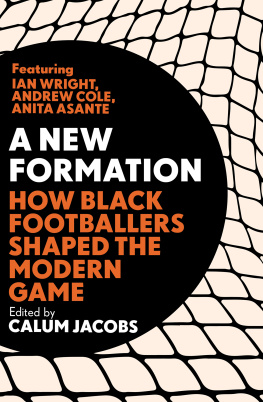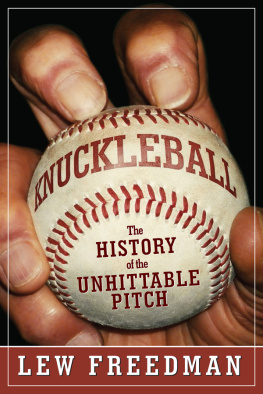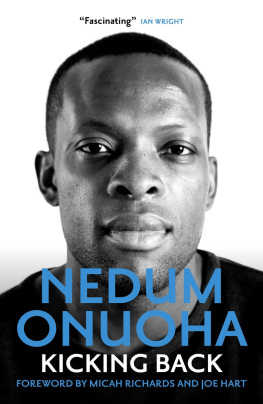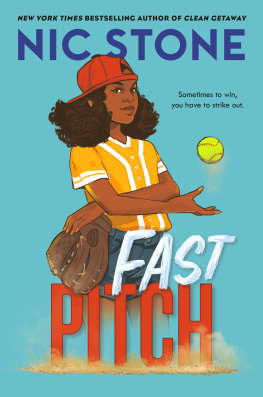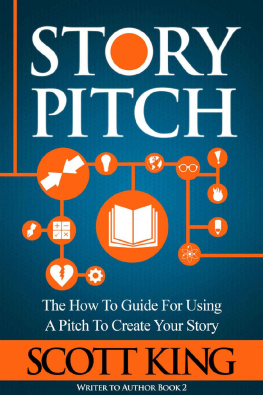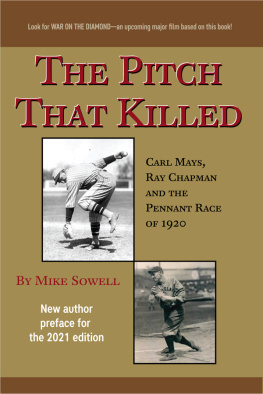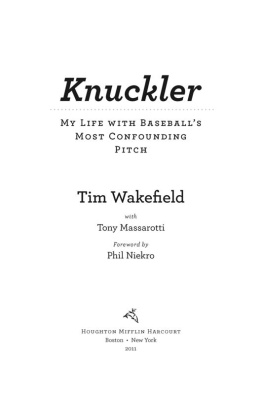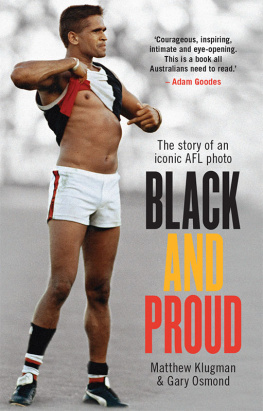To Niki Eltringham, Lloyd, Sean, Amaka, Anayo and Lota, without whom Id never have got to this place
ITS A FREEZING cold January afternoon and its a third-round FA Cup tie. The atmosphere is that combination of euphoria and cockiness you get when your teams comfortably ahead and the opposition are just going through the motions. Mixed in with that cheery, swaggering arrogance is anticipation. Anticipation that at any time you might get another goal to really drive home your dominance. Familiar songs are sung in homage to our heroes. Its like New Years Eve.
The opposition make a change. Its not made with any conviction that things can be turned around, but just to give the substitute a run-out. As the sub does the familiar handshake with his departing teammate and runs onto the pitch, passing on instructions and tactical changes, the party atmosphere suddenly changes, as if hes said something loud and offensive to the host. For the final ten minutes or so, the focus of the crowd is on this one player. All the singing has stopped and the cheery atmosphere dissipates into a sea of bitterness and hatred. They cant wait for him to get possession so they can have their few seconds of vitriol. Every touch, every pass, theres no let-up. The player himself seems not exactly oblivious how could he be, such is the noise? but seems determined to concentrate on the job in hand. He plays gamely, but doesnt really have any effect on the rest of his teammates, who just want the match to end. The final whistle goes and he retreats to the dressing room with his teammates, pausing to shake hands with home team players. The player in question is an eighteen-year-old striker called Garth Crooks. I was in the crowd that day and was just eleven years old. It was the first time Id ever really thought about an opposition player. I kept wondering, what must he really be thinking? Did he want to jump into the crowd and take them all on, Bruce Lee-style? What would I have done if he had? Would I have joined in with him? Could the two of us have taken on every one of the 40,000-odd people in the crowd together? The significance of that event for me as an eleven-year-old football fan has led in a roundabout way, and several years later to the writing of this book. Id seen black players before, on Match of the Day and the regional football programmes that ITV showed on Sunday afternoons. I was interested in them, of course their relative scarcity gave them a kind of novelty value but something had changed after I thought about Garth Crooks, and I began to develop an enduring empathy with all black players. I wanted to know what they really thought.
Throughout the 1970s, when Crooks was making his name as a slippery, predatory striker, the nature and level of racism that existed within the professional game was at a level that exceeded anything seen today in southern or eastern Europe. Black players were routinely subjected to the most vile racist abuse imaginable. From the terraces, black players were routinely subjected to monkey noises and racist chanting.
Bananas were thrown at them; they were spat at and received death threats. Far-right groups openly sold racist literature both inside and outside football grounds without opposition or condemnation from clubs. Terrace abuse wasnt solely confined to away fans, either. Home fans abused their own black players mercilessly and sent letters to clubs and the local press, vehemently condemning decisions to include black players in teams.
On the pitch there was often no hiding place from the abuse that black players suffered. Routine racist abuse from opponents was commonplace, as was abuse from teammates in dressing rooms and training grounds.
Racist myths steeped in historical justifications for slavery, colonialism and racial discrimination were widespread. Black players were admired for their strength, speed and flair, but also denigrated for their lack of intelligence, application and courage and their inability to play in cold weather. Coaches and managers ascribed these popular myths to players under their charge and stereotyped their ability and performances.
The FA, as the governing body of the English game, and its Scottish and Welsh counterparts were complicit in all this by their refusal to take action or provide even the most cursory of condemnation that is, until they were forced by pressure from grassroots anti-racist campaigns to take a stand and provide some semblance of leadership.
The media blindly peddled the same racist myths without either disapproval or qualification and often ignored some of the nastiest examples of racism, so they were tacitly and overtly complicit in the racism that was raging around the game. Black players were routinely described as black pearls or black gold and their achievements described as black magic.
That image of the game seems like something from a bygone age. Certainly it is a generation away from todays multi-camera, 24/7, wall-to-wall football coverage. Racist chanting of the massed, four-sides-of-the-ground variety is almost unheard of, at least in English football stadiums, and is curbed by legal statutes and powers against such behaviour. The media is willing to condemn such behaviour in outraged tones, and coaches and fellow professionals are quick to jump to the defence of fellow teammates subjected to these displays of racism. But while overt racism is condemned, racism in more subtle forms remains. There are still few players of Asian origin playing in the professional game, in spite of the widespread popularity of the game within their communities, and there remains a chronic shortage of black coaches and managers.
There are an increasing number of books on issues of race both in sport and in football in general. Phil Vasilis excellent Colouring Over the White Line (Mainstream Publishing, 2000) provided a well-researched encyclopaedia of black footballers who have played in the British professional game. However, the critical difference between Vasilis book and this one is that this book serves as a history of black British footballers from the perspective of those footballers themselves, and an analysis of the key events that have shaped the experience of black footballers today. The sometimes angry, moving and humorous testimonies from current and former players demonstrate the strategies they adopted to deal with and respond to the racism they suffered.
However, although Pitch Black differs in approach from Colouring Over the White Line in many other respects, its starting point is the place at which Vasilis book ends. Colouring Over the White Line provided an overview of the start of an era in which black footballers were beginning to come of age, or exploding into maturity, as Vasili put it. Vasilis book supplied evidence of a black presence since the birth of the professional game in England and ended in the 1980s just as a crop of talented young black footballers were starting to make their mark. Pitch Black concentrates specifically on UK-born or -raised players. Therefore, theres no Thierry Henry or Patrick Vieira. No Shaka Hislop, Lucas Radebe or Jimmy Floyd Hasselbaink. Also, because its about British-born black players, Republic of Ireland internationals Paul McGrath, Chris Hughton and Terry Phelan dont feature, even though they were born in west London, east London and Manchester respectively, though Chris Hughton does count as a manager. However, players such as Cyrille Regis, Brendon Batson, Eric Young and John Barnes, all of whom were born outside the UK but were raised in Britain and played at international level for one of the home nations, are featured in these pages.
This book takes an historical approach, beginning in the 1970s and charting the black British presence in the national game, and ending with an assessment of contemporary issues and an analysis of future developments.




